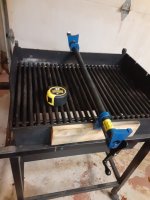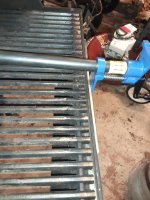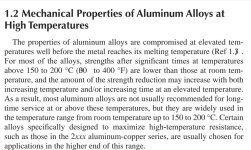Steve Hoch
TVWBB Olympian
I've been experimenting with cleaning the finishes on the cookbox, frame, and the porcelain surfaces of the lid and control panel, so even what I've done here has taken longer than hoped. I haven't had any breakthroughs on this front but these grill parts haven't been this clean since they were new. Simple green, fine steel wool, blue 3M scrubbing pads, and a lot of elbow grease do go a long way to making everything look better without stripping and repainting those parts. I can also report that bar keepers friend won't help the porcelain finishes at all.
Last edited:



